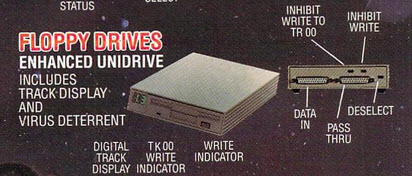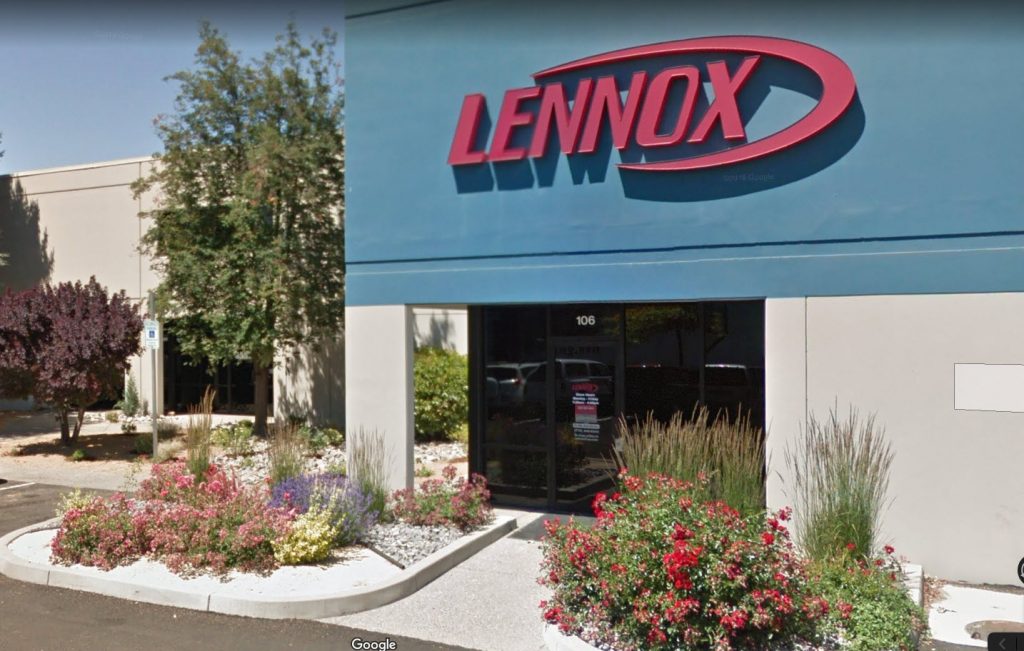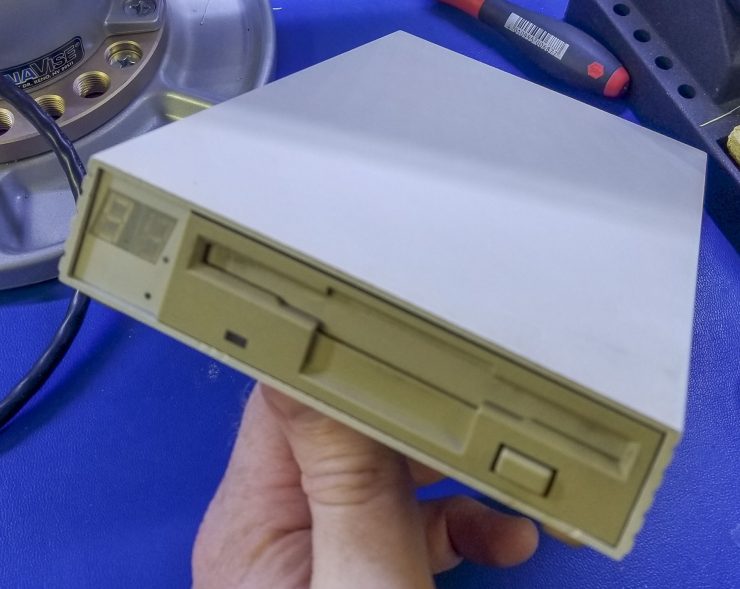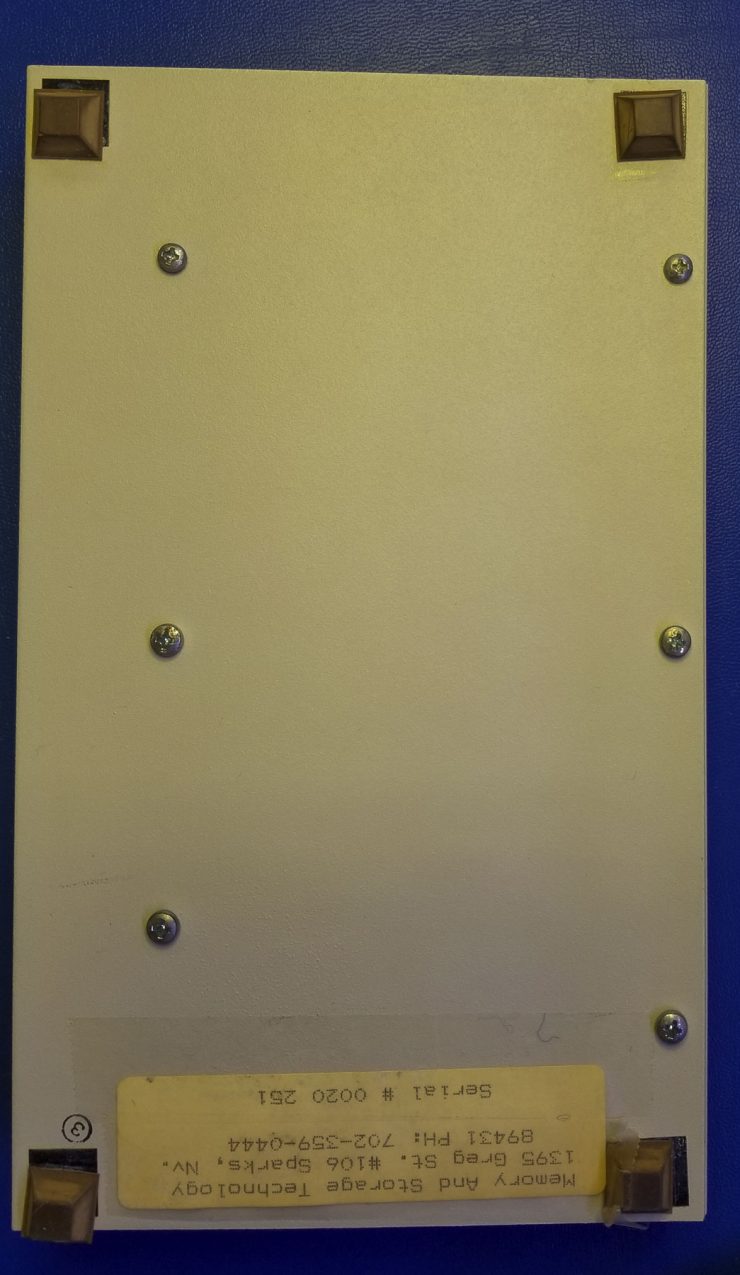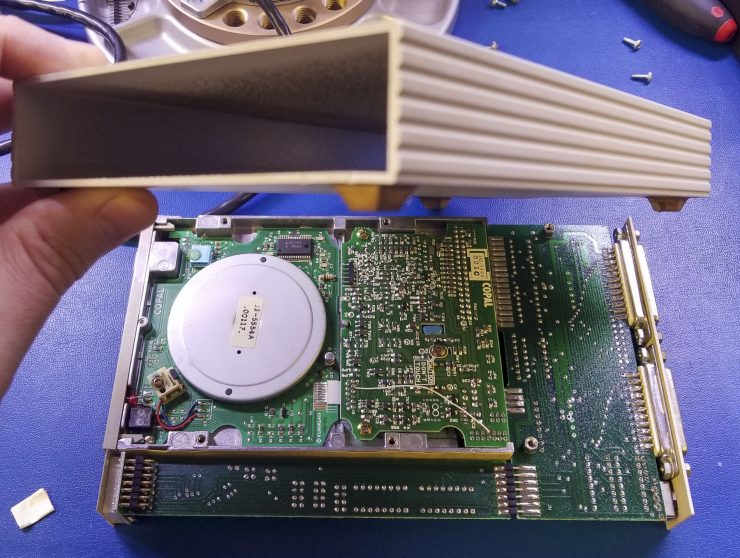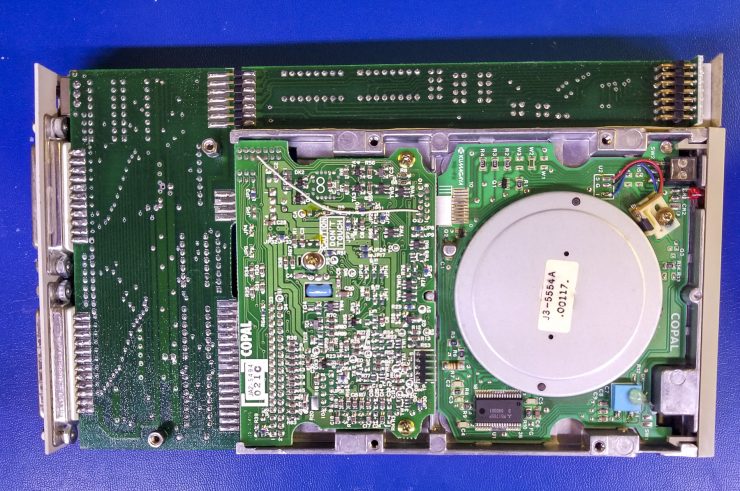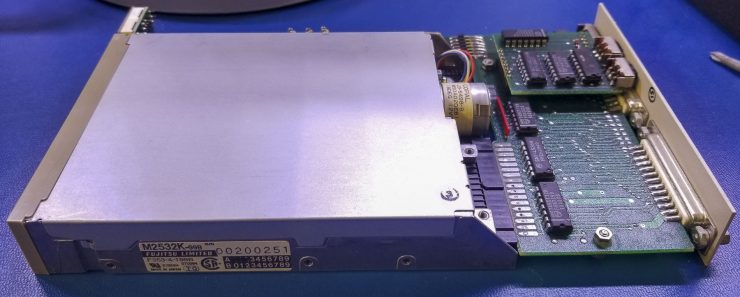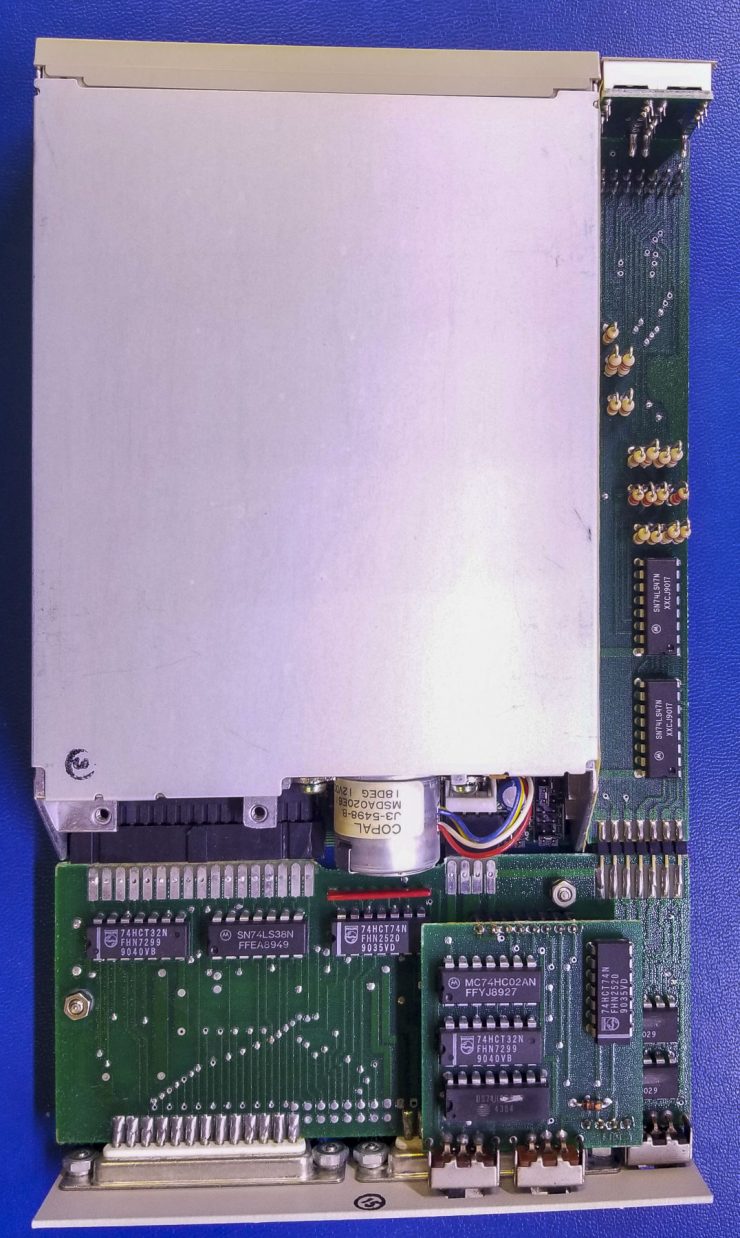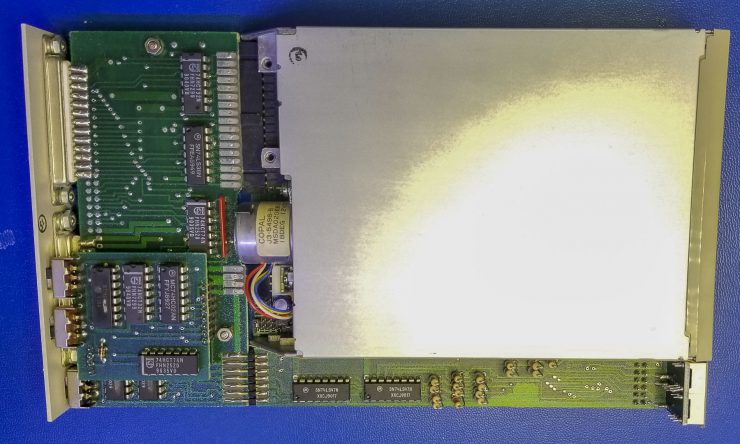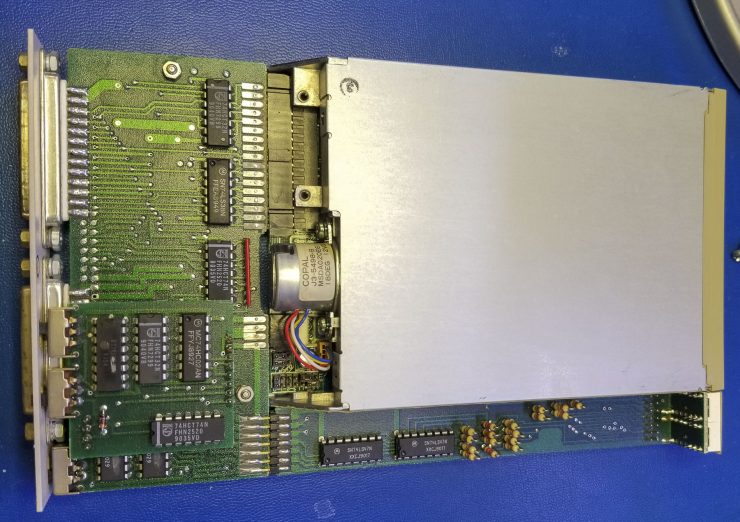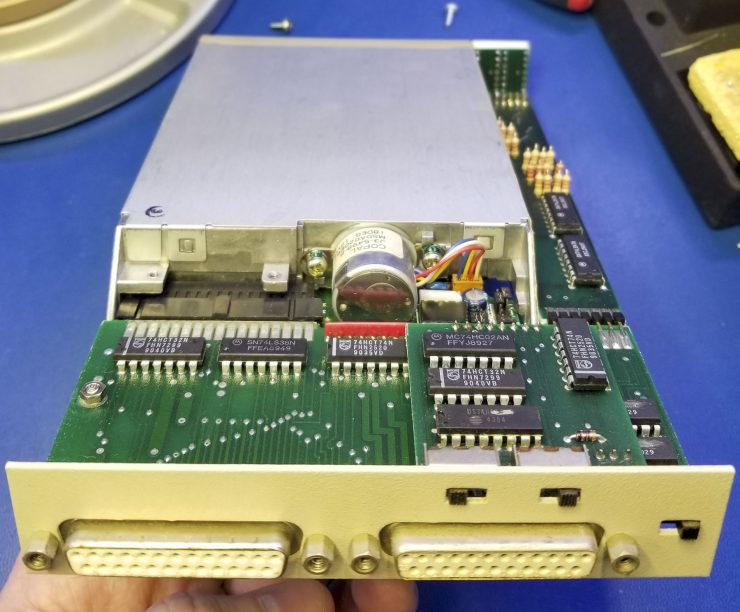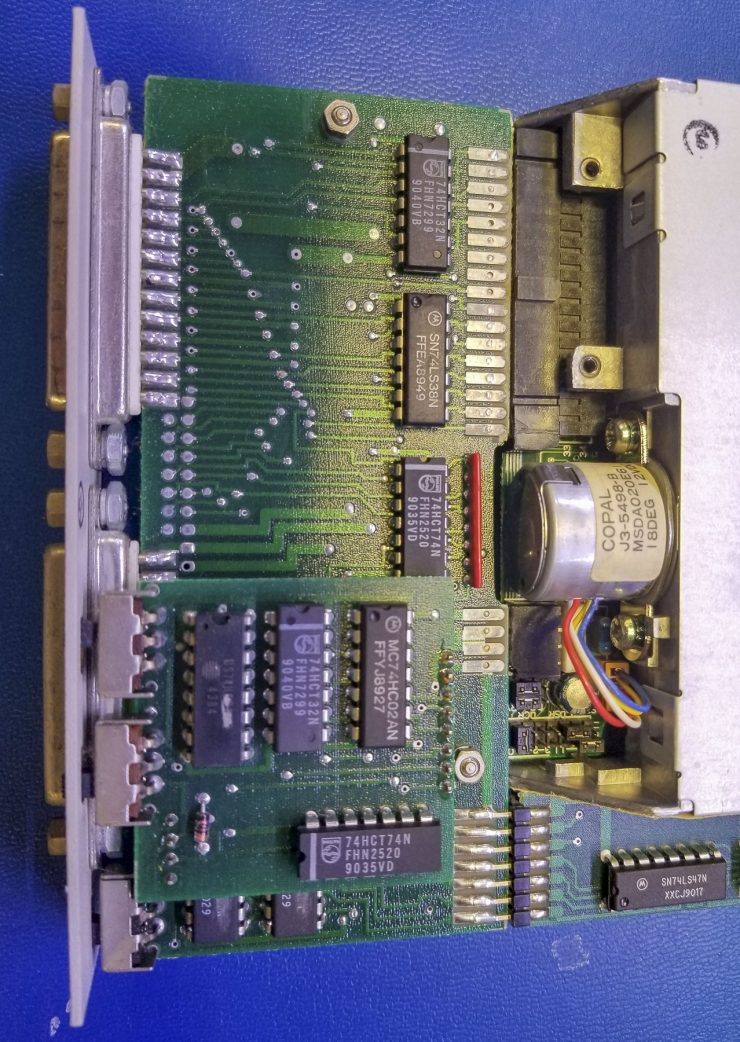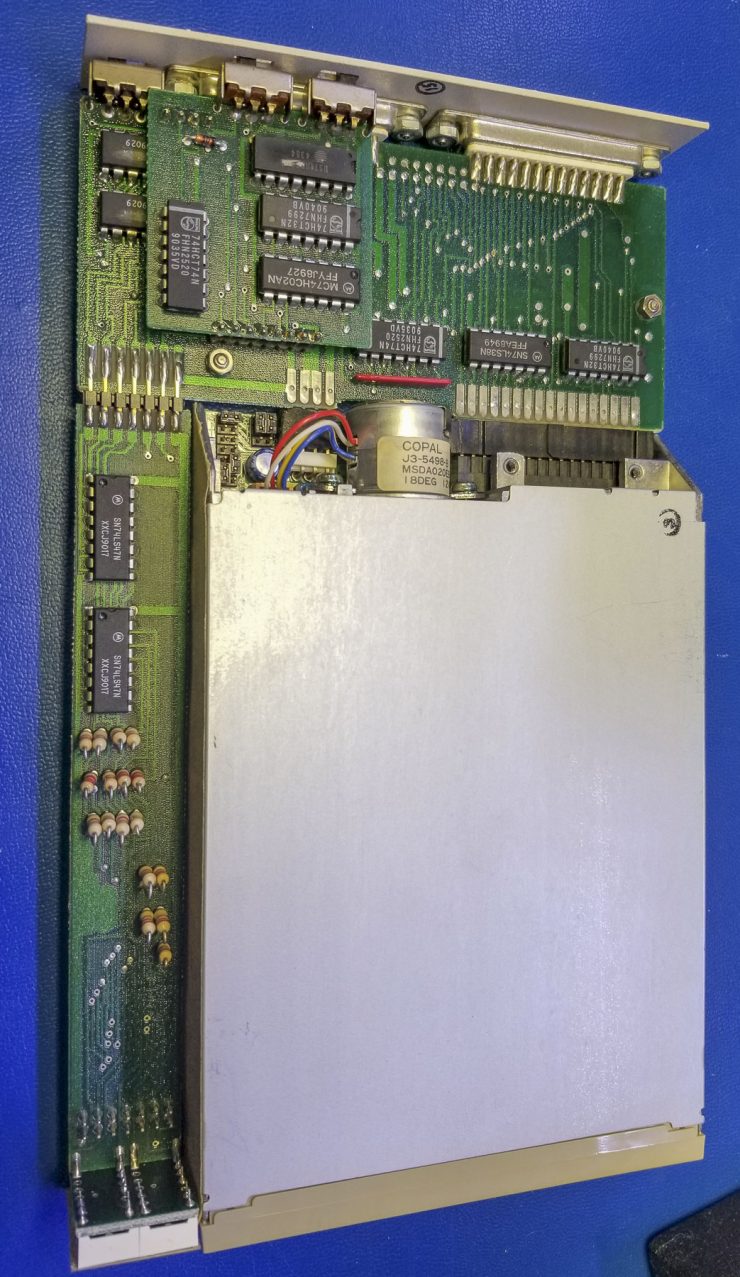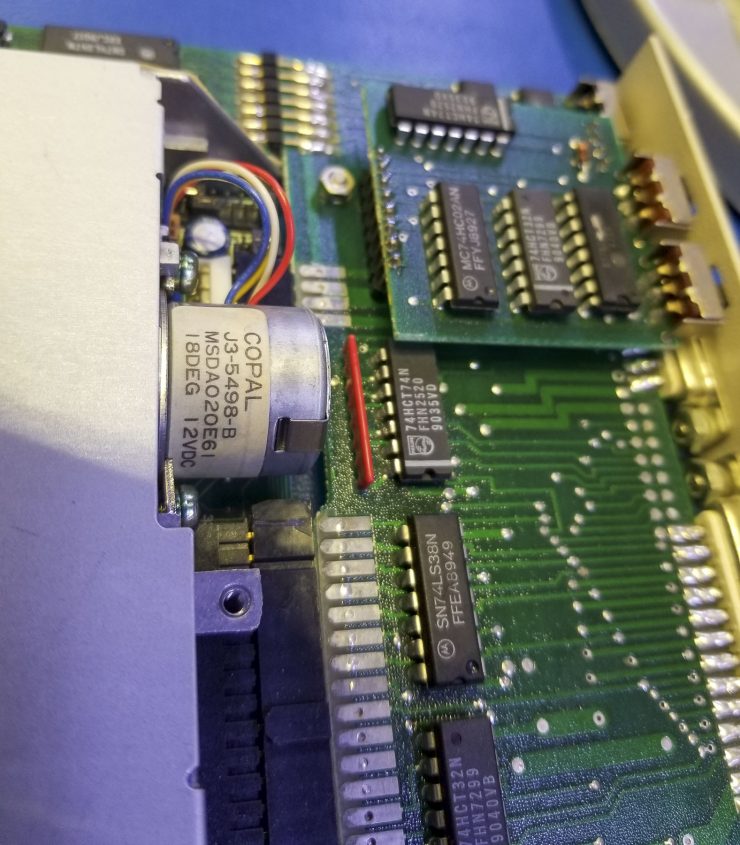Amiga MAST enhanced unidrive external drive teardown
Back in the Christmas of 1991 or 1992, my parents bought me an external floppy drive. It was $129, which was a lot of money back then. The equivalent price would be about $245 after inflation.
I probably found this drive in either AmigaWorld magazine or Computer Shopper, which iirc was a thin newspaper type printed on large format paper.
This external amiga-specific floppy drive with DB23 connectors had a few unique features. It had a two-digit track indicator for which track was being read or written. It also had a few switches in the back. The three switches controlled:
- whether the drive was write-protected
- whether track zero was write-protected. Common boot-track viruses existed and there was little reason to write to that track.
- Select/Deselect switch
I recently saw a youtube video that inspired me to do a teardown of my external drive.
MAST stood for Memory and Storage Technology out of Sparks, Nevada. Sparks is just outside Reno, NV. This is just over the border from California. I did some research and it seems like maybe the Griffiths family out of that same area were responsible for the company. John and David Griffiths. It was registered in California on May 24, 1989.
Today, it appears to house a Lennox. Maybe HVAC?
If anyone has more information on the company, I’d love to hear about it.
The shell of this drive is a power-coated extruded aluminum box. Pretty solid.
The construction is a bit odd, however. You essentially have a 3.5″ floppy drive manufactured by Fujitsu, a model M2532K-99B. Copal, which is now Nidec-Copal Corporation, manufactured the stepper motor, floppy drive PCB and some of the other parts. Then you have a rear circuit board that houses the connectors, a small daughterboard that houses the top switches, and yet another PCB that runs down the length of the drive to the 7-segment displays for the track number. Standard 74xx logic was used throughout the boards. Annoyingly, MAST scraped off some of the chip identifiers, although it’s really not clear why they would do that. There’s really no “secret sauce” here.
Please find the gallery of tear down pictures below!
